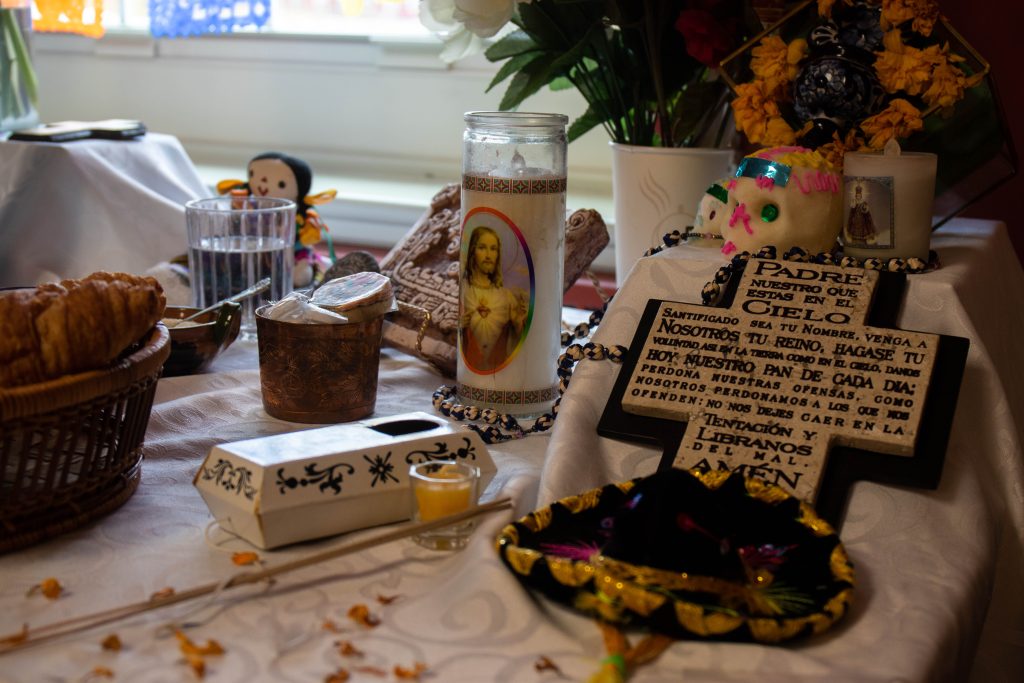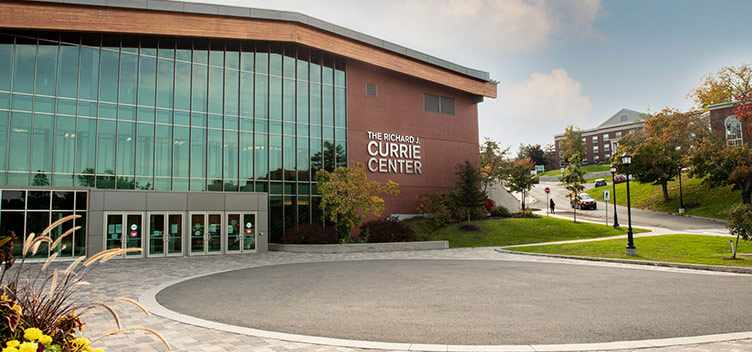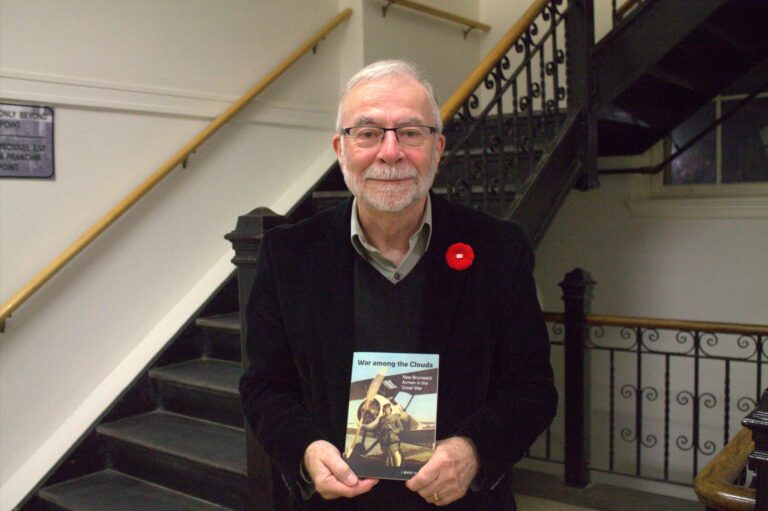Día de los Muertos, or Mexican Day of the Dead, is an annual celebration. From Oct. 28 to Nov. 2 communities hold vigils, prepare altars and host parties to celebrate the lives of loved ones who have passed away and honour those who have died in catastrophic events.
Sophie Lavoie is a culture and media studies professor at UNB. She says this festival began in Mexico and is grounded in pre-Columbian Aztec cultures and rituals. It has since evolved to adopt Christian attributes.
“It really shows the duality between life and death for the Mexican people, so by celebrating the Day of the Dead, what they’re doing is celebrating life,” said Lavoie.
Fernando Sanchez is a third year economics and international development student at UNB. He is from Morelos, Mexico, and has been celebrating the Day of the Dead his whole life.
This festival is most commonly known for its parades and skeleton face painting. However, Sanchez says it is also celebrated with more intimate ceremonies.
Families create altars, where they place pictures of their loved ones and some of their favourite things. During the evening supper, a plate is reserved for the soul in honour who is expected to join those at the table.
Using orange flowers (known as cempasuchil or marigolds), religious images and lit candles, a pathway is created from the door to the altar to help guide the spirit.
“We know that once a year, that person is going to come to eat with us,” said Sanchez.
On the Day of the Dead, local cemeteries that are usually grey and somber are brought to life with orange flowers and lights. Sanchez says it’s beautiful.

“It’s not a place of death, it’s a place of life,” he said.
Sanchez says the way they see death in Mexico is much different than here in North America and many other parts of the world. Sanchez believes this is because they deal with violence, illness and catastrophic events on a regular basis.
“We have death in our mind all of the time,” he said.
While most view death as a tragedy and ponder on what could have been, many Mexican people see life as a gift and focus on the time their loved ones spent on earth.
“We’re all going to die. So, what we have to do now is to live, is to love to enjoy freedom, to enjoy justice,” said Sanchez.
At UNB, Sanchez and his classmate create an altar each year with the help of the Culture and Media Studies department. As this year is the 50th anniversary of the Tlatelolco massacre in Mexico, the altar was in honour of the 50 students who were murdered by their government in 1968.
Sanchez believes it is important to celebrate the Mexican Day of the Dead at UNB to help educate students about different cultures. Taking part in various cultural celebrations can help one appreciate the diversity of human life and art.
Gaining knowledge as to avoid cultural appropriation is another important factor of this celebration. Sanchez said he sees students painting their faces to look like skeletons who don’t know that it originated in Mexico. “I think it’s fantastic when people do it, but I think it’s important for them to know where it comes from,” he said.
Lavoie sees this celebration as a way to recognize diversity. As more and more international students come to attend UNB, “recognizing their cultures is making UNB a better place to be,” she said.




